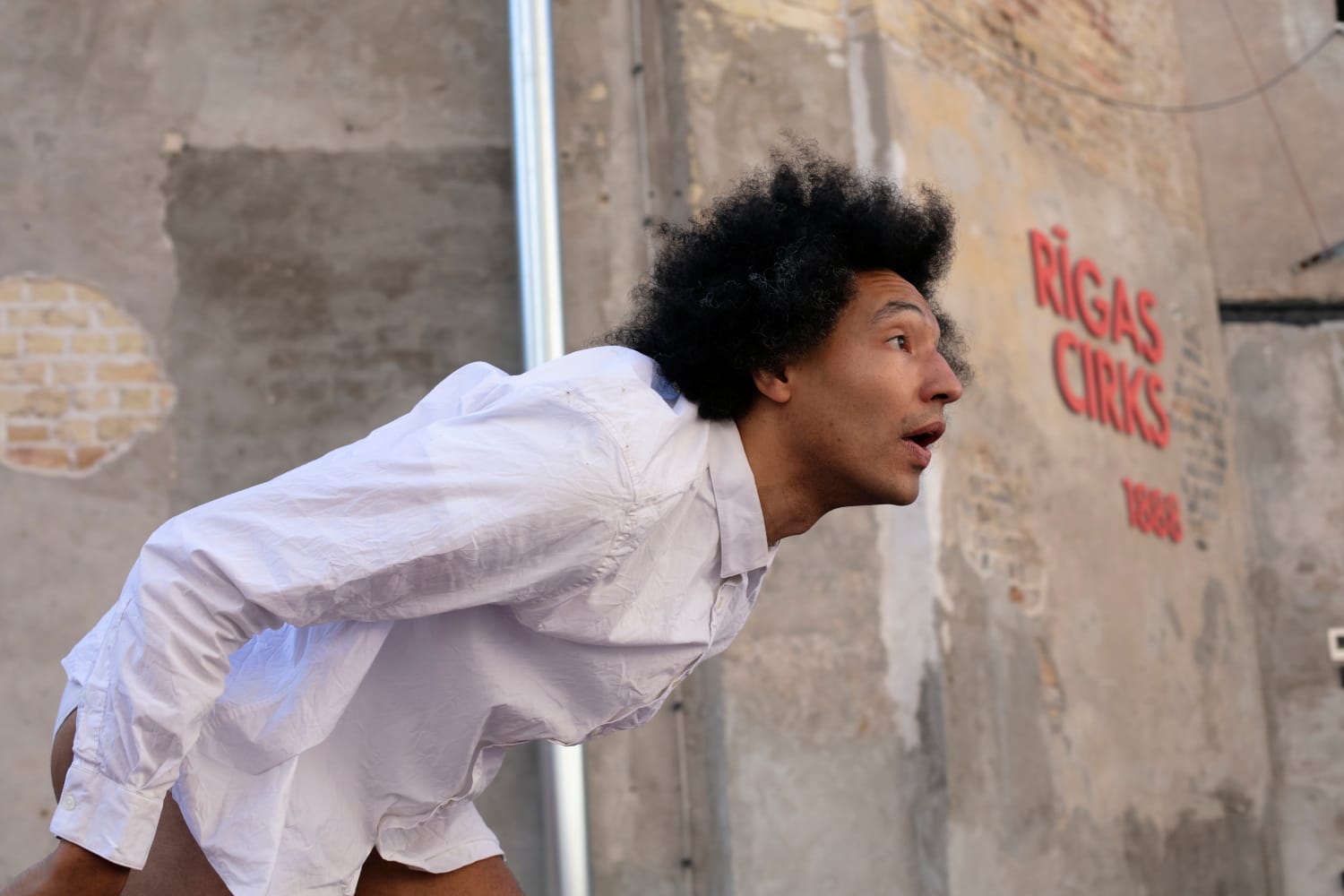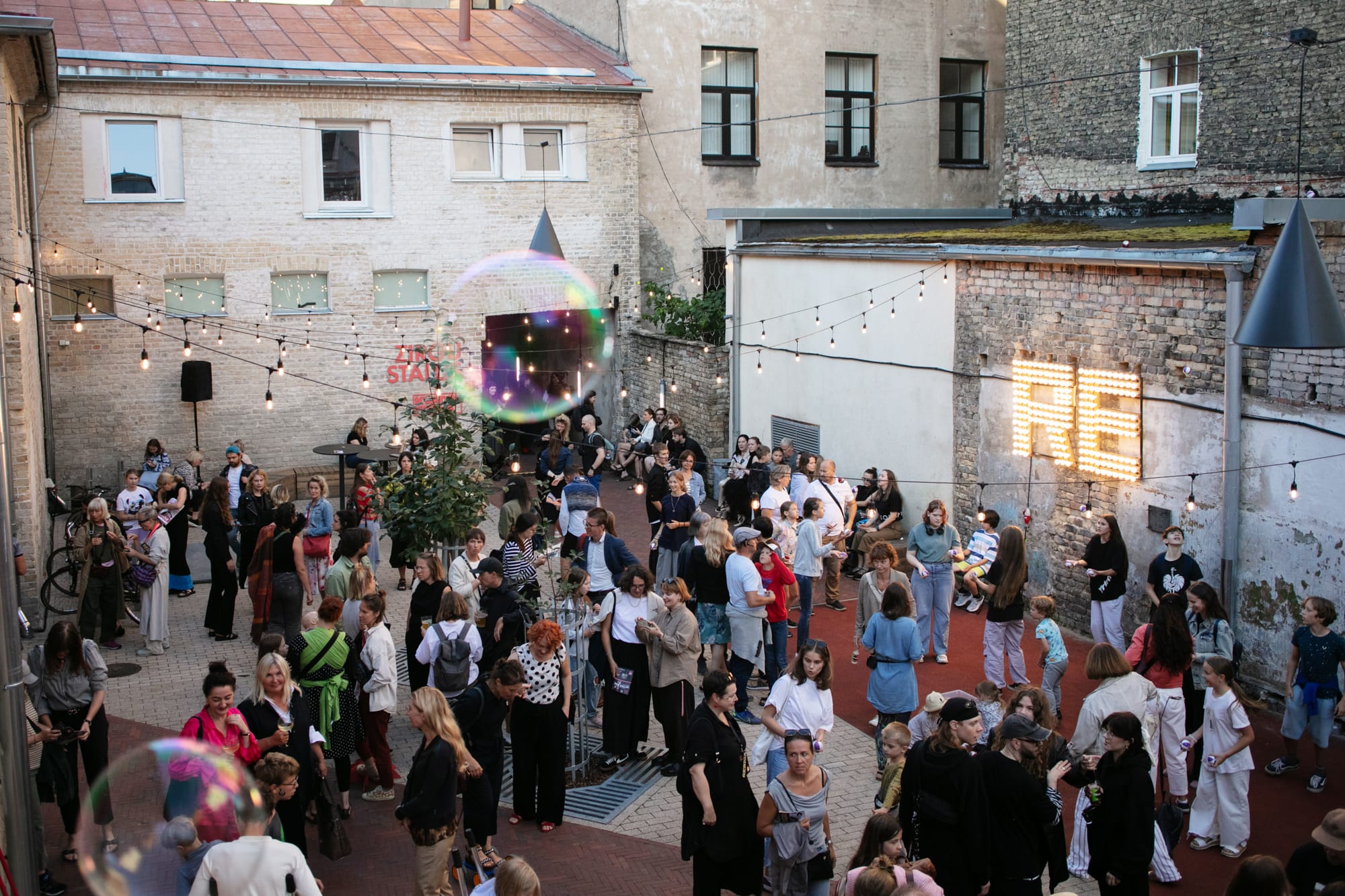Circus of undressing. The audience's gaze at RE RIGA! 2024

It is already the 13th year of RE RIGA! festival offering a collection of many different shows in different formats – street performances, site-specific, black box, and even big stage shows. Everyone can find something for their taste, but it is also an intense period for the local audience, as they risk being overwhelmed by the circus. However, as the visiting shows will continue to travel and the festival will repeat next year, the audience’s gaze during each edition’s experience is the most ephemeral.

To “see a festival” can mean different things. Visiting one or some shows is the typical praxis of the local audience. But what happens when you see most of the shows or maybe even all of them? And what if you are lucky enough to see some shows multiple times? Firstly, you begin to notice patterns in the programming that might not be written in the booklet. This raises the question of how far the organisers' intent goes and where the pattern-seeking mind of an avid audience member begins imagining things. Secondly, you notice how the artists build their relationship with the audience. It changes from show to show, but experiencing the same performance many times allows us to see the role of the audience in the art piece itself. Even more – what is the supposed role of the audience and what role does the audience choose?

Alta Gama's show Mentir lo mínimo is one of the central shows of RE RIGA! 2024. This edition’s motto “Lie less” is directly borrowed from the company’s taste for minimalism. However, can we see the idea of “having less of something” as an explicit central topic of this festival? For example, an element that unifies many shows is that the circus artists on stage don’t have pants for some time. It begs the question – is this a trend? The role of this element is so varied, or connected with how an audience can react to the same thing in different ways, depending on the meaning created by the act of having no pants. For some context – although certain kinds of nudity or body exposition in the circus have been present since the beginning of Rīgas cirks in 1888 (for example acrobats in glittery leotards or different fusions of a tiny bikini and Latvian folk costume elements for dog trainers), clothelessness can still sometimes be triggering for some audience members in the post-soviet context of Riga.

Mentir lo mínimo reflects on “adding by removing”. The more things are taken away, the more layers of meaning are developed. Throughout the show artists Amanda Delgado and Alejo Gamboa take off their robes and tell personal stories about their bodies. In parallel, “taking off” also the stage's diameter creates a deeper intimacy with the audience minute by minute. For both of them, being in white underwear on the stage does not seem to be a scandal (as the one that this venue has experienced before)[1], but it is a tool to reveal the body and the emotion a body can have.

The artists are completely aware; not only of the relationship with their costumes but also of the audience’s relationship with them. Alejo Gamboa gracefully plays with humour in the different moments of revealing his body (for example, flashing his chest from his robe if he notices somebody in the audience photographing him) or covering the body (for example, he apologises to the physically closest audience members when he fixes his underpants). The audience laughs and feels comfortable together with these artists and their bodies. During Mentir lo mínimo, the dynamics between the artists and their bodies change. The touch changes. From more comedic play with the clothes on to a deep acceptance and embracing of the body as it has been given. The body becomes a narration’s tool and as the audience (or a few invited spectators in a circle) gets closer to the artists, they become part of the performing “body”. Although they do not touch both human acrobats, they physically contact the third artist on the stage – the bicycle. By doing so, they remove the last bit of physical distance and become the performance itself. The emotional intimacy of this performance brought tears to many, showing the depth of humanity that this show presents.

Another show where we can see the “lack of pants” is Defracto’s Croûte. The main character played by Guillaume Martinet seems to fit and not fit our reality at the same time with different intensity. That ambivalence is reflected in his body movement, and his relationship with the things happening around him, such as kids coming on the stage or a dog barking at him. His juggling seems to reflect not only object manipulation technique but it is a part of the body, not done by the body. Also his costume – it is not what a body wears, it is a part of the body. The complexity of his character and the performance itself are beautifully hidden behind the close contact with the audience and the complete mental presence of the artist. In this case, the audience reactions are so strong, that sometimes the observation of it becomes a part of the show. Let’s return to the idea of having no pants. This show allowed a moment where a couple of elderly people leave because of him being “too naked and in underwear”, and a couple of minutes later their place is taken by a father and a son, where the father explains that “the artist is not naked, he is in his underwear!”. As a no-music street performance, the relationship between the artist and the audience seems even more intense.

The lack of music was a perfect background to see the audience’s reactions. As no sound guided the dramaturgy, it felt that the audience had to learn how to react to it. As the audience was quite big, it made the show slightly complicated to see, so it had to observe itself and notice other people’s body language, to follow the show. At some point, the kids sitting in the front were the main conductors of the audience with their laughs and voices. When we learned this cue, the next question was – what do they see? What makes them react? The performing body seemed to be detached from the “normal” bodily reactions such as pain and fear, but also to have a different perception and imagination of space. In a way, creating a new world with different rules in front of us, by using the world we already have. In this world, the meanings of body, fear, friendliness, timidity, and space were different but still recognisable and somehow even viscerally relatable.

The festival program presented shows performed multiple times one after the other. Therefore, the audience’s perception of Croûte was followed by Red Pants from Felix&Philo. If Croûte is something beyond human, then Red Pants reminds more of an everyday life couple filled with playfulness and curiosity, combined with razor-sharp ground, a teeterboard, a perch, hand-stand acrobatics and equilibristics elements where the clothing is part of the dramaturgy. The pants are the repeating motive carried throughout the show. The “small pants” flag raised at the beginning represents the more playful DIY part of the performance, while later the “big pants” flag introduces the more athletic and professional portions. The flag change also initiates the outfit change, done as clockwork – artists undress and dress each other from head to toe in an acrobatic sequence. In the case of this show, In the discussion space during the circus critics workshop by Around About Circus, we discovered how our translations revealed the significance of red pants in traditional circus.

Curiously, the role of this performance reverberated in the audience as more spectacular than narrative-based, therefore the usual conversations were about the tricks. However, discussing it in the context of the workshop revealed more. For example, the moment of the outfit change was so acrobatically precise, that it raised a question – is this how acrobat couples dress and undress at home? It seems so natural with their gait, their posture, and character. And the red pants? One of the workshop’s attendees noted that for her, the red pants look like a reverse heart, and throughout the show, it seems that the love and affection between the artists grow, together with the size and amount of pants appearing on the stage. Here, the undressing blends with the acrobatic performance and is almost invisible. I would even argue that the rogue Macaw sitting on a tree top next to the show, watching it and loudly “commenting”, was more noticeable than the pant-change. (Macaws are not something you can often see in the parks of Riga!)

The visibility and invisibility of being dressed or undressed in the performances is a curious aspect in the context of Riga. As contemporary circus is still culturally perceived mostly as “just beginning”, it challenges the audience to understand their relationship with the performance. In the case of this festival, these are just a few of the shows offered to the audience, but each played with the idea of “Less is more”. Fewer lies, less seriousness, maybe even less stereotypical circus “fun”, but also, fewer borders, words and sometimes, a little fewer pants.
[1] A public discussion was stirred up after Svalbard Company performed Svalbard Cabaret Nights in the arena of Rīgas cirks in May of 2019. Part of the audience called it a heresy, the other a natural development of contemporary performance art. The Latvian National Television created a report on this public discussion, available in Latvian, here. (Visited on 24.08.2024.

